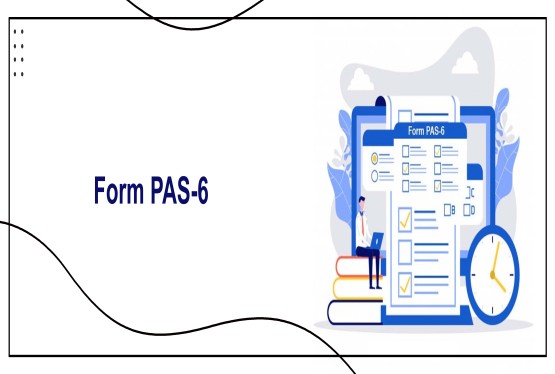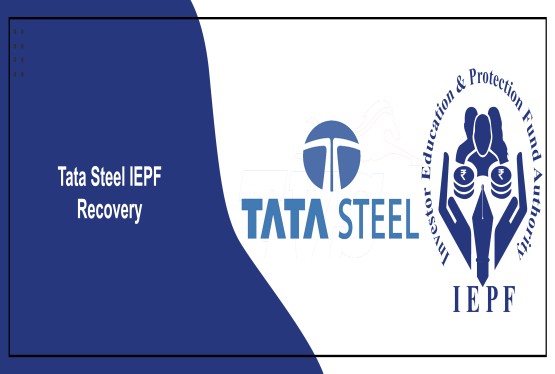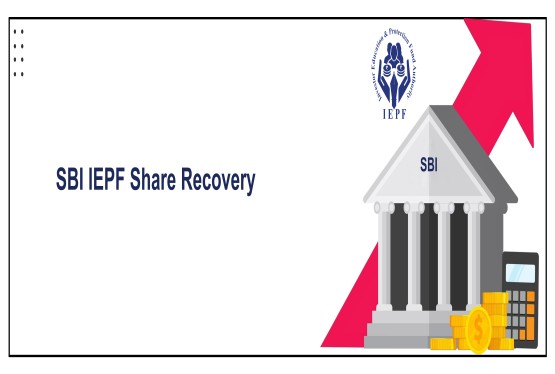A Nidhi Company is a type of Non-Banking Financial Company (NBFC) in India, primarily formed to cultivate the habit of thrift and savings among its members. These companies are governed by the Companies Act, 2013, and the Nidhi Rules, 2014, with subsequent amendments. Over time, various regulatory changes have been introduced to ensure better compliance and governance. As of 2025, the process of closing a Nidhi Company has been simplified, but it still requires meticulous attention to detail and adherence to legal procedures. This article provides an in-depth knowledge about the Nidhi Company closure process, including the strike-off procedure, compliance requirements, and necessary documentation.
Reasons for Nidhi Company Closure
Several factors may lead to the decision to close a Nidhi Company:
-
Non-Compliance with Regulatory Requirements: Failure to meet the mandatory criteria, such as maintaining a minimum of 200 members or achieving the required Net Owned Funds (NOF), can necessitate closure.
-
Voluntary Decision by Members: The members may decide to wind up the company due to business considerations, lack of profitability, or other strategic reasons.
-
Inactivity: If the company has not commenced business within a year of incorporation or has been inactive for two consecutive financial years, it may opt for closure.
-
Regulatory Action: Non-compliance with the Nidhi Rules or other legal provisions can lead to regulatory authorities initiating closure proceedings.
Pre-Requisites for Nidhi Company Closure
Before initiating the closure process, certain conditions must be fulfilled to ensure a smooth and legally compliant procedure:
-
Settlement of Liabilities: All outstanding liabilities, including deposits accepted from members and loans taken, must be repaid or settled.
-
Clearance of Statutory Dues: Any pending statutory dues, such as taxes, must be cleared.
-
Consent of Members: A special resolution approving the closure must be passed by at least 75% of the members.
-
Closure of Bank Accounts: All bank accounts in the name of the company should be closed, and closure certificates obtained.
-
Filing of Pending Returns: All pending annual returns and financial statements must be filed with the Registrar of Companies (ROC).
-
No Objection Certificates (NOCs): Obtain NOCs from relevant authorities, such as the Income Tax Department, confirming that there are no dues pending.
Procedure for Strike Off of a Nidhi Company
The strike-off process for a Nidhi Company is governed by Section 248 of the Companies Act, 2013, and the Companies (Removal of Names of Companies from the Register of Companies) Rules, 2016. The following steps outline the procedure:
1. Board Meeting
Convene a Board Meeting to discuss and approve the proposal for strike-off. The Board should authorize a Director to initiate the process and sign necessary documents.
2. Special Resolution
Call a General Meeting of the members to pass a special resolution approving the strike-off. This requires the consent of at least 75% of the members.
3. Filing of MGT-14
File Form MGT-14 with the ROC within 30 days of passing the special resolution, along with the certified copy of the resolution and explanatory statement.
4. Preparation of Application
Prepare the application for strike-off in Form STK-2, accompanied by the following documents:
-
Indemnity Bond (Form STK-3): Duly notarized by every Director.
-
Affidavit (Form STK-4): Sworn by every Director.
-
Statement of Accounts (Form STK-8): Reflecting the company's assets and liabilities, certified by a Chartered Accountant.
-
Copy of Special Resolution: Passed by the members.
-
Bank Account Closure Certificates: For all accounts held by the company.
-
PAN Card: Of the company.
5. Submission to ROC
Submit the duly filled Form STK-2 along with the required documents and prescribed fees to the ROC. The ROC will examine the application and, if found satisfactory, will publish a notice in the Official Gazette, inviting objections from the public.
6. Final Strike Off
If no objections are received within the stipulated time, the ROC will strike off the company's name from the Register of Companies and issue a notice confirming the dissolution.
Closure of Nidhi Company Branches
Closing a branch of a Nidhi Company involves a separate procedure, as outlined in the Nidhi (Amendment) Rules, 2022:
-
Board Approval: The Board must approve the proposal to close the branch, including a plan for settling existing deposits and recovering loans.
-
Application to Regional Director: Submit Form NDH-2 to the Regional Director at least 60 days prior to the proposed closure.
-
Public Notice: After obtaining approval, publish an advertisement in a vernacular newspaper at least 30 days before closure, informing the public.
-
Notice Display: Display a copy of the advertisement on the company's notice board and at the branch premises for at least 30 days.
-
Intimation to ROC: Inform the ROC about the branch closure within 30 days using Form NDH-2.
Compliance Requirements Before Closure
Ensuring compliance with statutory requirements is crucial before initiating the closure process:
-
Annual Returns (Form MGT-7): File within 60 days of the Annual General Meeting (AGM).
-
Financial Statements (Form AOC-4): File within 30 days of the AGM.
-
NDH-1: Annual return of statutory compliances, filed within 90 days of the financial year-end.
-
NDH-3: Half-yearly return, filed within 30 days of the conclusion of each half-year.
-
NDH-4: Application for declaration as a Nidhi Company, filed within the prescribed timelines.
Non-compliance with these filings can lead to penalties and may hinder the closure process.
Conclusion
Closing a Nidhi Company requires careful planning, adherence to legal procedures, and timely compliance with statutory requirements. By understanding the detailed process and ensuring all prerequisites are met, companies can achieve a smooth and legally compliant closure. It is advisable to consult with professionals experienced in corporate law to navigate the complexities involved in the strike-off process.











































































_crop10_thumb.jpg)


































































_crop10_thumb.jpg)
_crop10_thumb.jpg)



_crop10_thumb.jpg)


_crop10_thumb.jpg)





_crop10_thumb.jpg)

_crop10_thumb.jpg)














-suratgujarat-section-158_crop10_thumb.jpg)
-suratgujarat_crop10_thumb.jpg)
-(33)_crop10_thumb.jpg)



-ahmedabad_crop10_thumb.jpg)
-learn_crop10_thumb.jpg)

-learnn_crop10_thumb.jpg)



























































_crop10_thumb.jpg)























_Guidelines_learn_crop10_thumb.jpg)























_learn_crop10_thumb.jpg)
_crop10_thumb.jpeg)









_crop10_thumb.jpg)




_Second_Amendment_Rules,_2025_learn_crop10_thumb.jpg)







_learn_crop10_thumb.jpg)































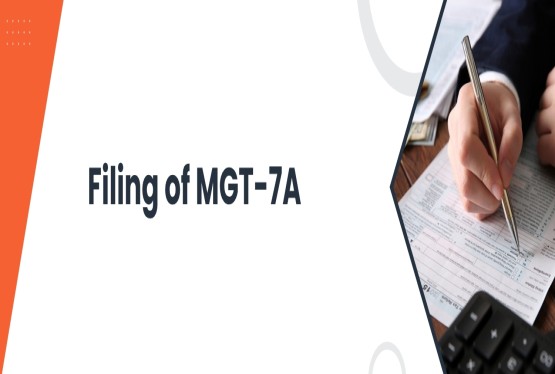












_learn_crop10_thumb.jpeg)









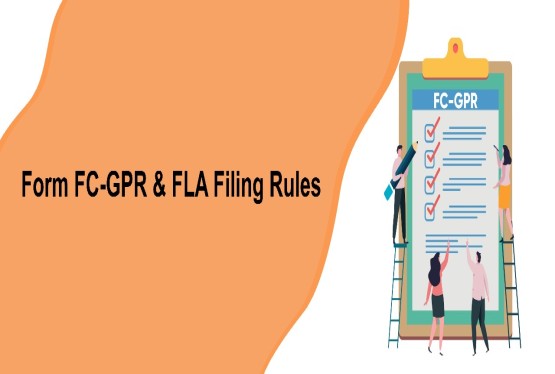

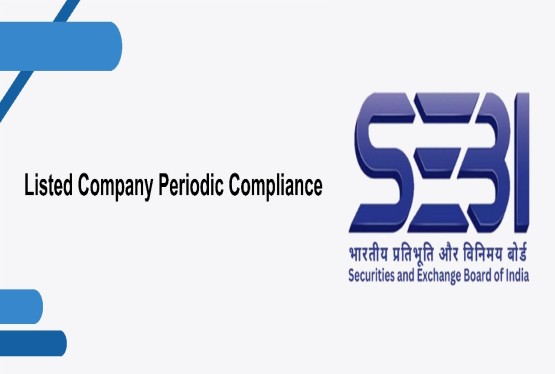




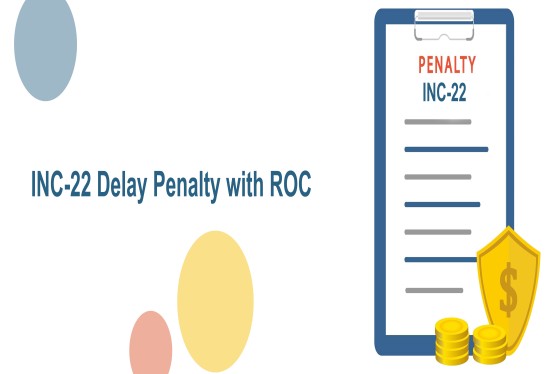


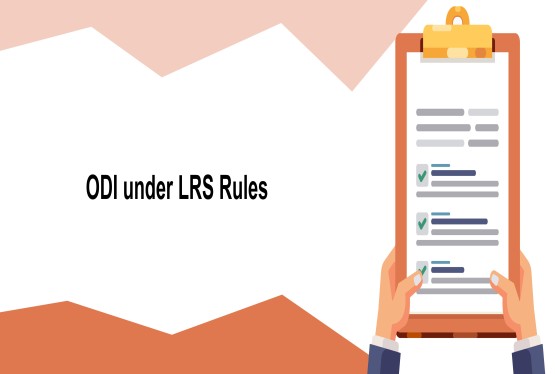
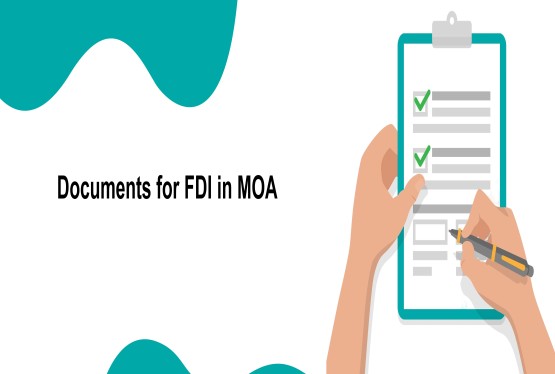


_learn_crop10_thumb.jpg)



_rd_roc_learn_crop10_thumb.jpg)
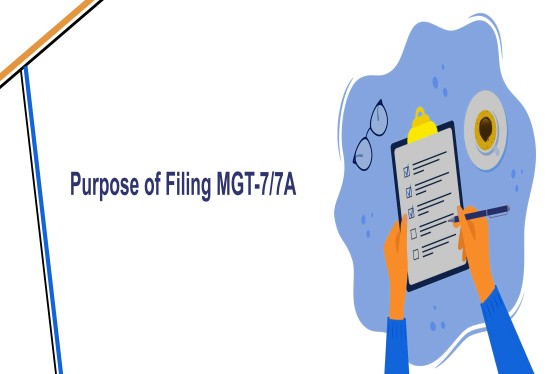



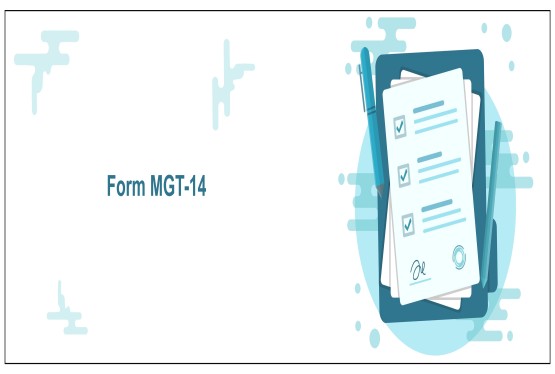
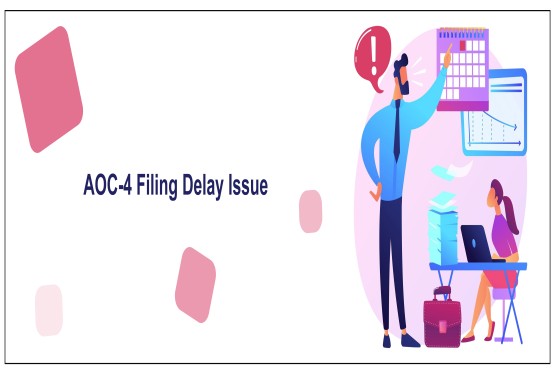
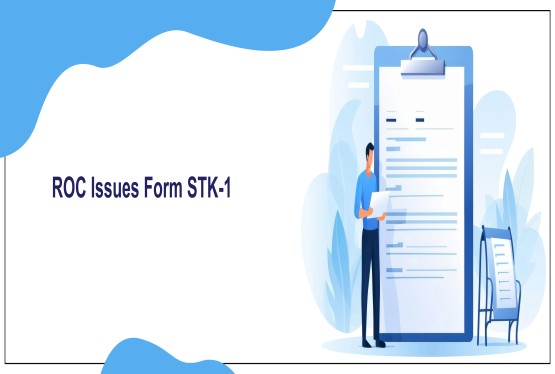








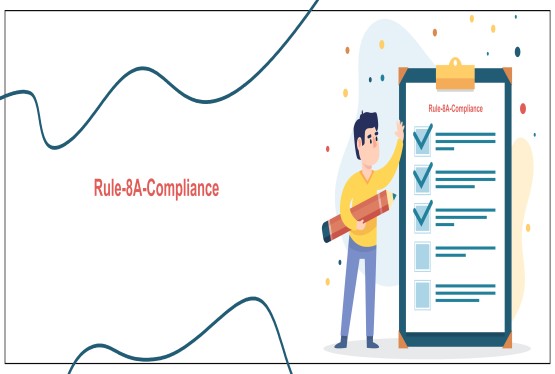
_learn_crop10_thumb.jpg)






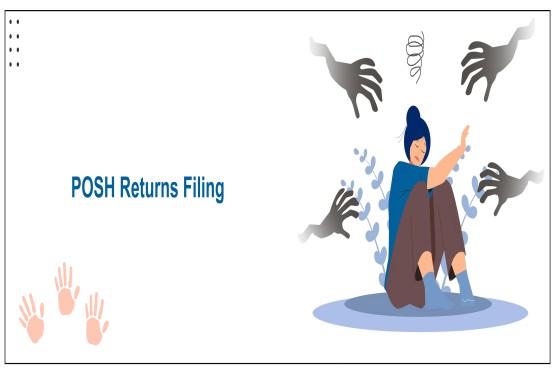


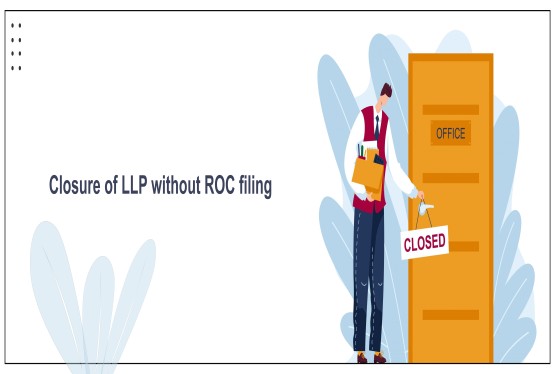


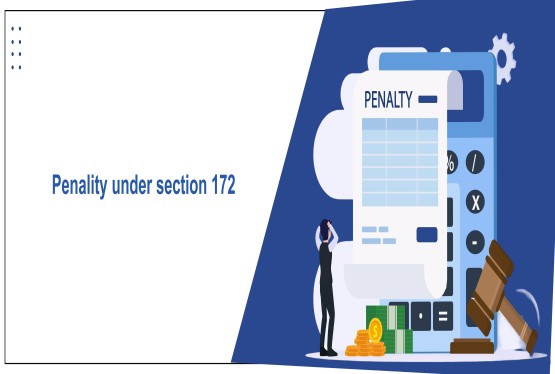

_learn_crop10_thumb.jpg)
_Learn_crop10_thumb.jpg)







